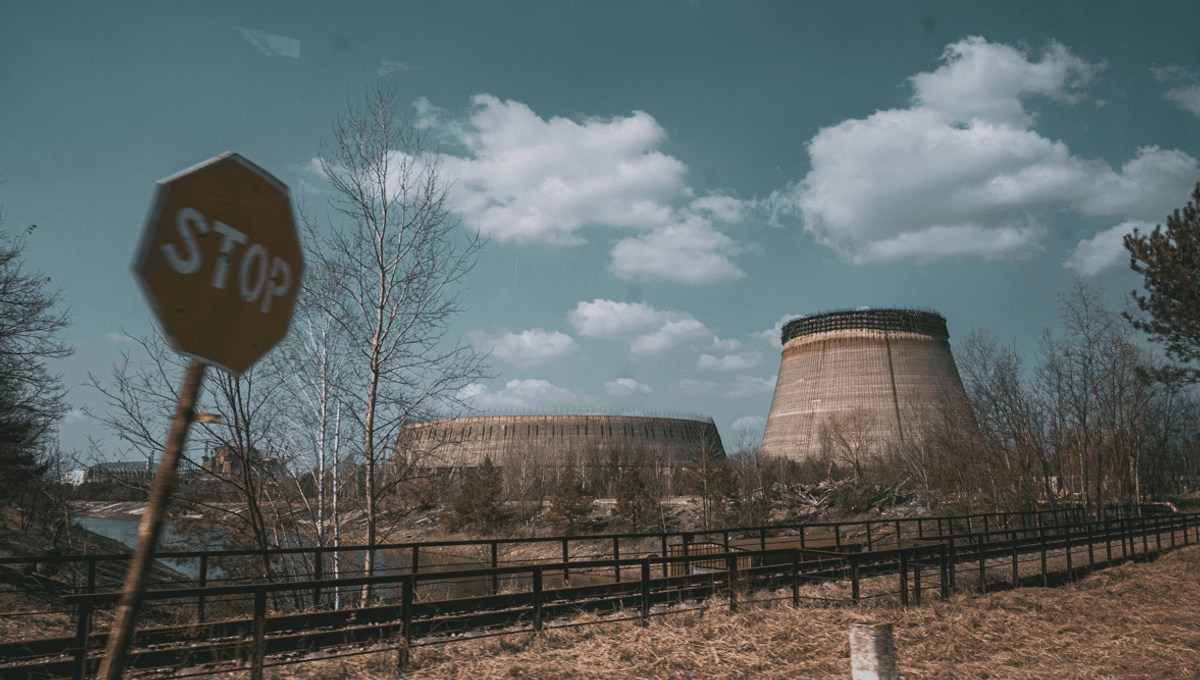
Nearly four decades after the Chernobyl disaster, farmers may be poised to return. New research shows that large parts of the once-abandoned farmland just outside the Exclusion Zone in northern Ukraine are now safe for cultivation.
Amid the Chernobyl nuclear disaster in 1986, enormous quantities of harmful radionuclides were scattered into the air, contaminating the surrounding soil, water, and vegetation.
While some of these radioactive materials decayed quickly, others, particularly cesium-137 with its 30-year half-life, have lingered in the environment for decades. Another big problem is strontium-90, which is readily “sucked up” by plants from the soil.
To protect the population from the fallout, Soviet authorities were forced to set up a 4,200-square-kilometer (1,622-square-mile) exclusion zone around the ruins of the power plant nuclear site, which remains uninhabited by humans to this day (much to the delight of wildlife).
They also established a second 2,000-square-kilometer (772-square-mile) area called the “Zone of Obligatory Resettlement”, which was never fully abandoned and remains home to thousands of people. However, use of the land is restricted due to contamination concerns.
In a new study, scientists from the UK and Ukraine returned to the abandoned areas surrounding Chernobyl and reassessed the safety of the potential farmland.
After studying soil samples and measuring gamma radiation in the environment, researchers found that the amount of radiation agricultural workers are exposed to is not only far below Ukraine’s safety limit, but also much lower than the natural background radiation people encounter every day around the globe. Additionally, the levels of cesium-137 were found to be low enough to safely grow most crops.
To put their ideas to the test, the researchers also set up a 100-hectare (247-acre) trial site in Ukraine’s Zhytomyr region. There, they developed a straightforward but reliable method to measure how much radioactive material is still in the soil and how likely it is to be absorbed by everyday crops like potatoes, grains, corn, and sunflowers.
Based on all their experiments, the researchers claim that large swathes of the “Zone of Obligatory Resettlement” could be safely farmed and, with careful planning, Ukraine could reclaim up to 20,000 hectares (49,421 acres) of agricultural land in the region.
However, certain crops – such as leguminous vegetables like beans, peas, and lentils – would have to be off-limits because they tend to absorb and accumulate higher levels of certain radionuclides from the soil.
Scientists and farmers have been wondering about this since the 1990s, and a few rogue farmers have returned to parts of the Chernobyl-impacted lands to toil the fields once again. Some of the researchers on this latest study were involved in a recent project that made vodka from water and crops collected and grown near Chernobyl. Aptly named ATOMIK, the team wanted to demonstrate that the abandoned lands could be repurposed and used to help local communities.
They were keen to point out that their artisan liquor is completely safe and, more importantly, tastes great in a martini.
The study is published in the Journal of Environmental Radioactivity.
Source Link: Up To 20,000 Hectares Of Land Around Chernobyl Can Now Be Safely Farmed Again